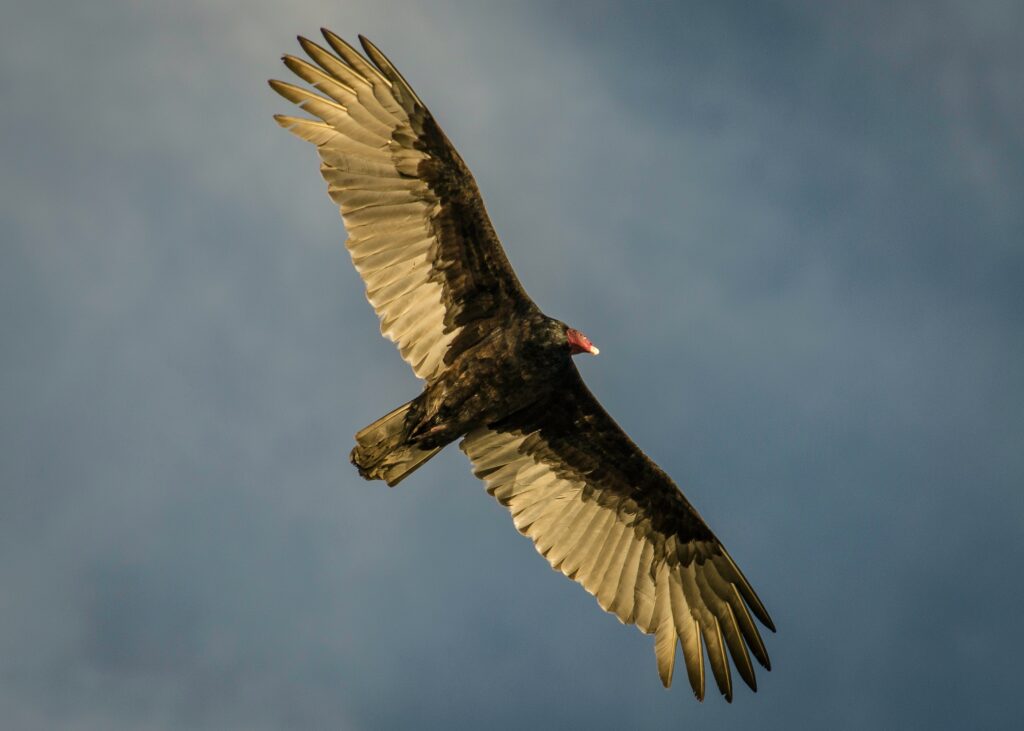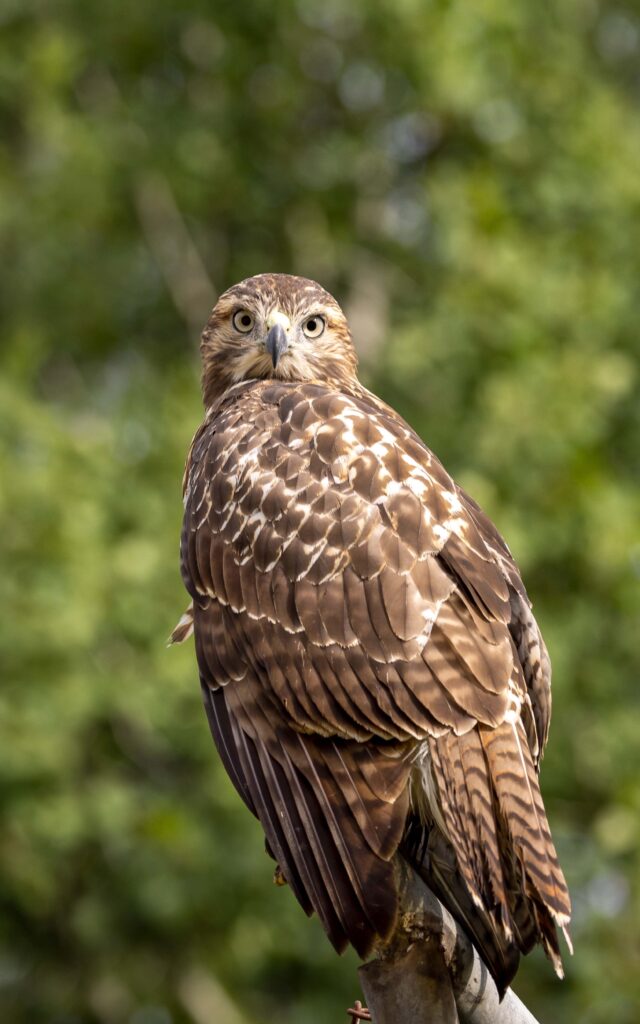Keep an eye on the sky for raptors

Annual migration of hawks, vultures and falcons brings these hunting birds back to our area, lifted by the thermals created by the Niagara escarpment.
If you’re like me, then driving this time of year can be a real hazard. It’s not the sudden unexpected snow squalls or foggy mornings, and it’s not the fact that everyone else on the road seems to have spring fever. It’s the birds.
You see, I bought my vehicle specifically because of the moon roof, and right now is the annual raptor migration along the escarpment. Just a glimpse of one gliding over the car can make me forget where I was going and want to pull over the grab the binoculars.
What’s a raptor, you may ask? In this case, it’s not a Toronto NBA player, or a dinosaur brought back to life (those are technically velociraptors). A raptor is just a bird-watching term for certain types of birds that feed on any creature larger than an insect.
And right now, the skies above Hamilton are full of them.

They’re making their way up from their winter grounds a little ways south of us, usually in the southern U.S. They will spend the summer in the city and to the north of us, breeding and eating before heading back for the winter.
They love the Niagara escarpment because of the thermals along it. As the sun shines on the area along the escarpment the bare rock warms up more quickly than areas around it, creating columns of warm air that rise high into the sky. These give the birds a natural lift that means they can travel further with less energy. It also gives them a really clear view of whatever their next meal might be.
The other day above my house was a huge kettle of turkey vultures. These scavengers fly in big, lazy loops around the sky, rarely flapping their wings, and are always on the hunt for something that has died that they can feast on. They can smell a dead animal over a kilometre away, and a huge gathering of them in the sky – called a kettle – is usually a sign that something below has met its untimely end. Turkey vultures are easy to tell from other raptors when they’re in the air. For one, they rarely flap their wings unless taking off or landing, and they have lovely two-tone grey and black wings.
Another favourite of mine is the large, distinctive red-tailed hawk. You can tell them from a distance as they look like a pretty big bird that soars a bit, then flaps its wings three to four times for more lift every so often. If you’re closer and can see their tail, it’s a rusty red colour that can’t be missed. If you’re headed down a highway and someone in your vehicle exclaims, “Look at the size of the bird on that telephone wire!” you can be fairly sure it’s a red-tailed hawk.

Finally, there are all manner of smaller hawks that not only head up the aerial highway of the escarpment, but also head into our neighbourhoods to feast on small rodents and other creatures. Merlins and Cooper’s hawks will be in our backyard trees in the coming weeks. You’ll know when they’re around because all the other birds in your yard will suddenly go silent and hide. Chances are you’ll soon see the swift shadow of the raptor heading overhead in search of is next meal.
Finally, I’d be remiss if I didn’t mention Hamilton’s celebrity peregrine falcons, McKeever and Judson. They have just laid their fourth egg on their home on the ledge of the roof of the Sheraton Hotel downtown, and falcon watchers are eagerly awaiting their hatching. If you want to see them up close, there is a website you can go to and watch them, and get updates from the volunteers at the Hamilton Naturalist Club.
Because of the abundance of food, the peregrines stay in Hamilton all winter, scoping out pigeons downtown in an area that closely resembles the cliffsides where the species originally evolved. Seeing one diving out of the sky at almost 400 kilometre an hour is a huge thrill, and it makes them the fastest animal in the world.
The raptor migration will be going on for the next few weeks, so be sure to keep your eyes on the sky, but maybe also keep them on the road as well.











